Roosvelth Cántaro's Academy


Design and fabricate a 3D mold (~ft2), and produce a fiber composite part in it.
I had an idea to observe this latch in the bathroom of my work. For my design, I used The Inventor software, it’s easier to work with this software to me, generating the top and bottom molding for to create a latch mold.
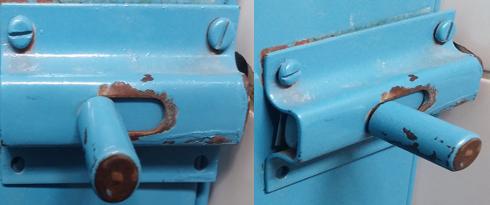
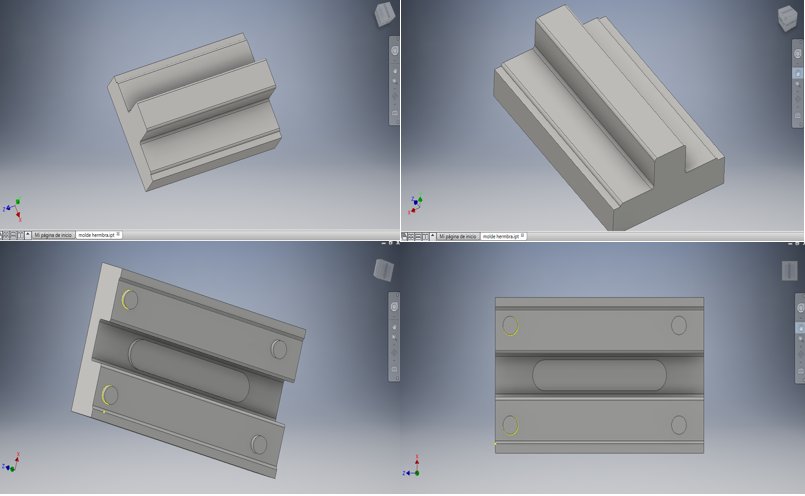
I used the scotch tape on the planar base of ShopBot machine, to maintain the static foam material.
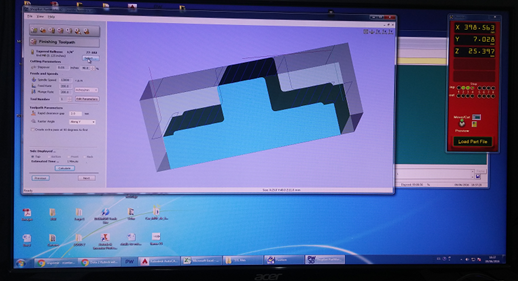
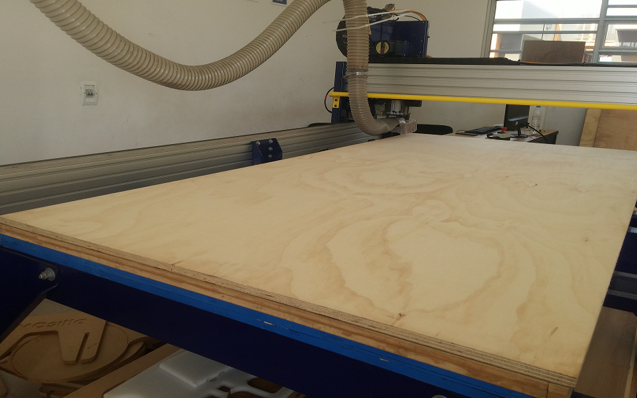
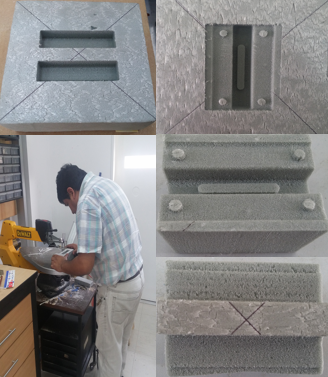
I tested a material (natural jute) for make my composite. I used the 1206 resin and respective catalyst, in a proportion of 1:1 by volume. Before depositing the natural jute in the mixture (1206 resin and catalyst); I covered the 3D mold with plastic to prevent staining.
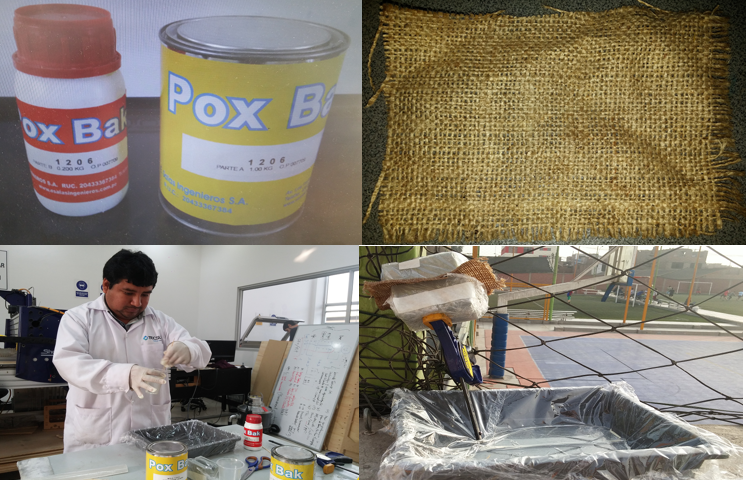
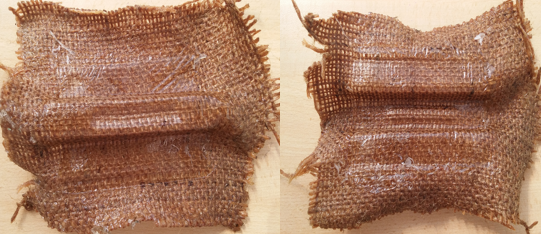
Typically a composite material is a rigid and durable material, but note that the material obtained is flexible and highly viscous. This is because we note that the resin hasn’t been cured, due to the higher percentage of catalyst (volume) in the mixture.
I tested a material (natural jute) for make my composite. I used the 1540 resin and respective catalyst, in a proportion of 4:1 by volume, respectively. I did the same procedure.
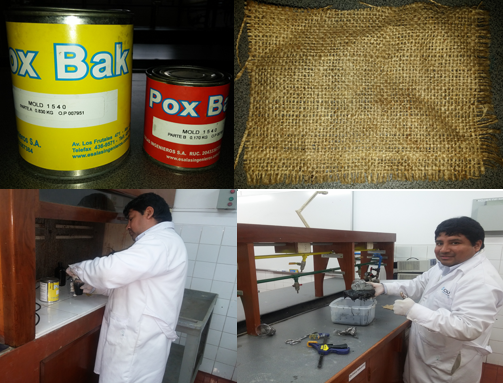
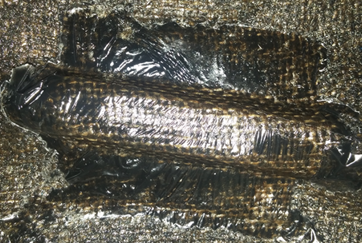
The polymerization rate depends on many factors, the concentration of the reactants, the temperature and the presence of catalysts.
The temperature is an important factor to increase the rate of polymerization reaction, but if a good formulation (mixture of resin and catalyst), of it otherwise favors the secondary reactions and finally the curing process is not favorable.
I made the mixture between the resin and the catalyst in different proportions, in volumes of 1: 1 and 4: 1 respectively, but according to some observations, I think that if I make a mixture of 6: 1 to obtain a resistant material, due to the previous comparisons that I did.